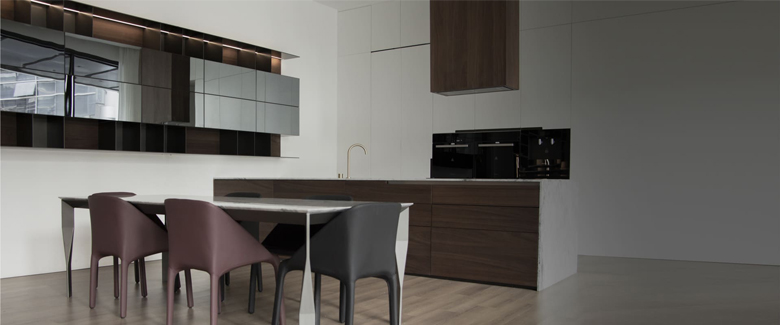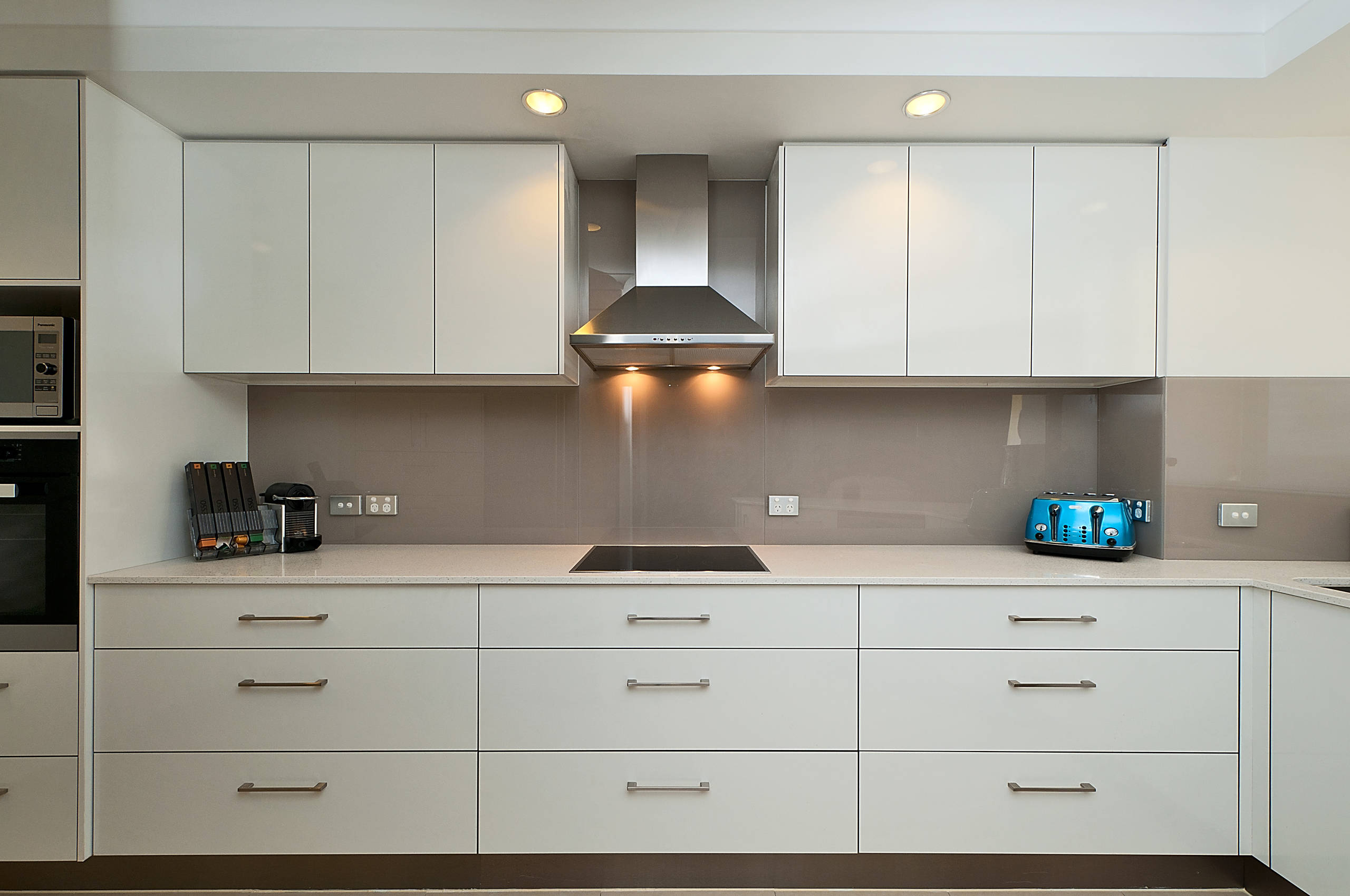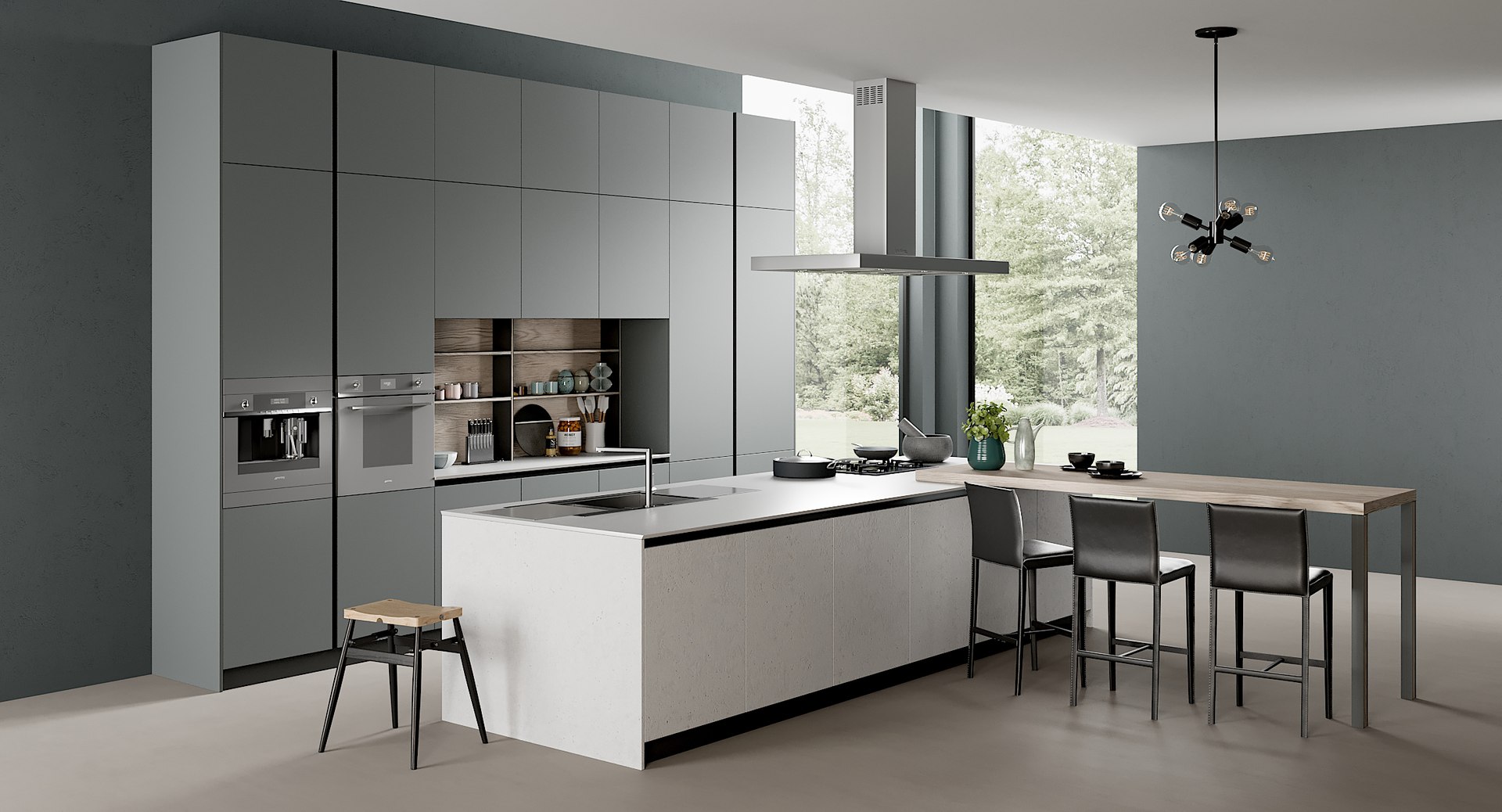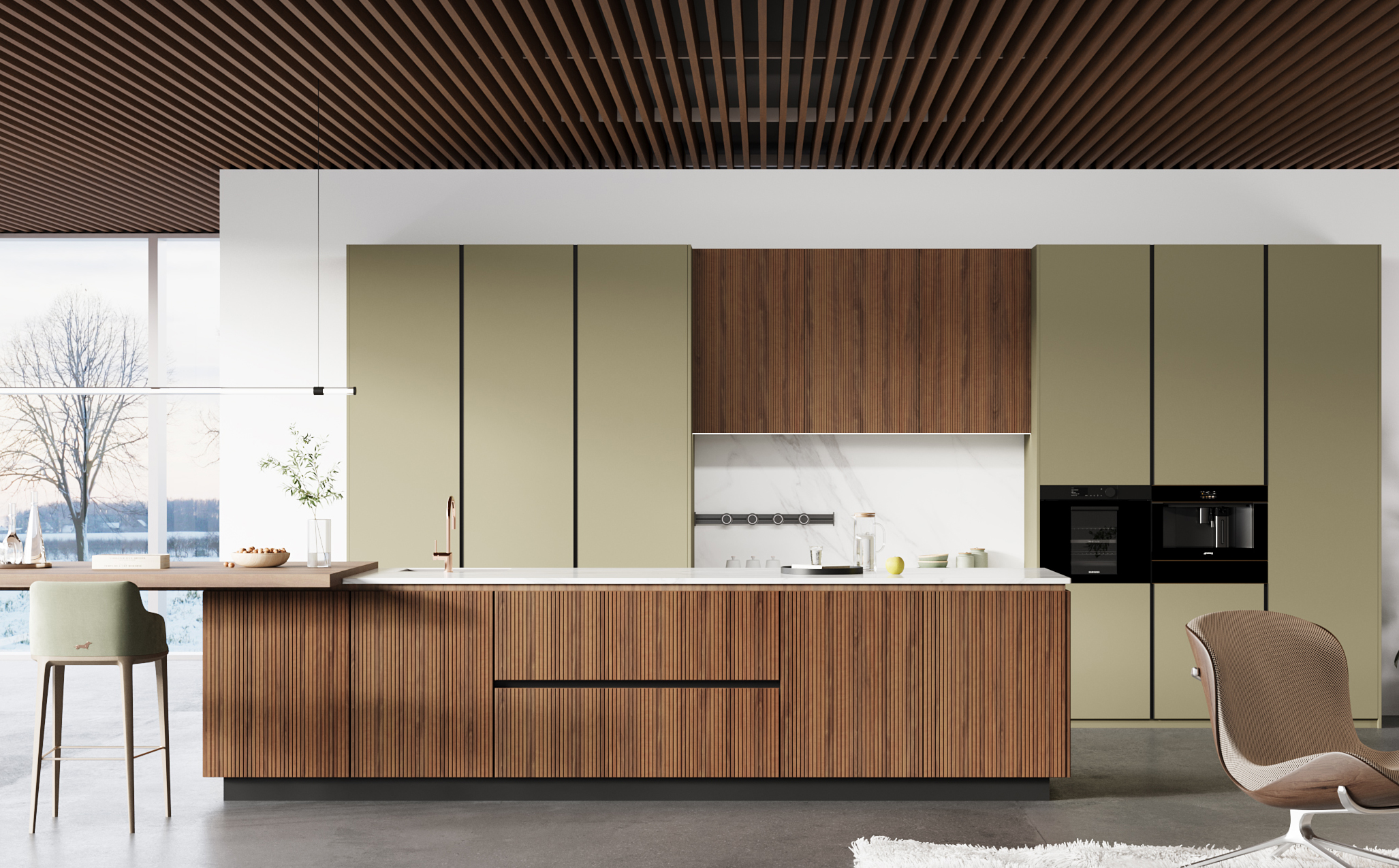With the continuous upgrading of consumers' lifestyles, the kitchen is no longer merely a cooking space but has become the center where family socializing, aesthetics and technology converge. For cabinet manufacturers and custom factories, understanding the kitchen design trends in 2026 not only means grasping the aesthetic direction but also is the key for enterprises to maintain their competitiveness.
In the future kitchen design, functionality, sustainability and personalization will be the dominant trends. Whether it is large-scale residential projects or modern apartment renovations, customers' demands for modern kitchen cabinets design are becoming increasingly diverse. The market not only pursues aesthetic appearance, but also attaches great importance to the user experience, space efficiency and the choice of eco-friendly materials.
This article will delve into the key trends in color, material, structure and function of kitchen cabinets in 2026, combining design reports and manufacturing experience to provide practical reference directions for cabinet manufacturers, designers and dealers.
Color Trends for Kitchen Cabinets
The Natural Inspiration Color Palette
The kitchen color trend for 2026 is moving towards a more natural and serene direction. Influenced by environmental awareness and sustainable lifestyles, earthy tones and nature-inspired colors have become the mainstream. Light sage green, clay beige, misty blue, and other colors have performed strongly in the market. These colors not only create a comfortable atmosphere but also blend perfectly with natural materials such as wood and stone.
For projects that aim for a minimalist and elegant style, the modern kitchen cabinet design often employs low-saturation neutral color schemes, enhancing the visual balance of the entire space.
The Dual-color and Contrast Design
The dual-color cabinet design continues to gain popularity. In 2026, designers tend to create contrasts between the upper cabinets, lower cabinets, or the island counter and the main cabinets. For example, the upper cabinets may be in a light color, while the lower cabinets use a dark wood color, or create a layering effect between matte white and metallic gray.
This color combination not only enhances the three-dimensionality of the space but also meets the demands of young people for expressing individuality. For custom kitchen cabinets brands, dual-color design is an important means to highlight their competitive edge.
The Matte and Low-reflective Surfaces
The high-gloss surfaces are gradually fading out of the mainstream, replaced by more luxurious matte and velvet-textured finishes. Matte cabinets can reduce reflections and present a soft, understated texture, perfectly aligning with the aesthetic preferences of modern minimalist kitchens. For custom cabinet factories, enhancing the processing technology of matte paint surfaces has become a key research direction.
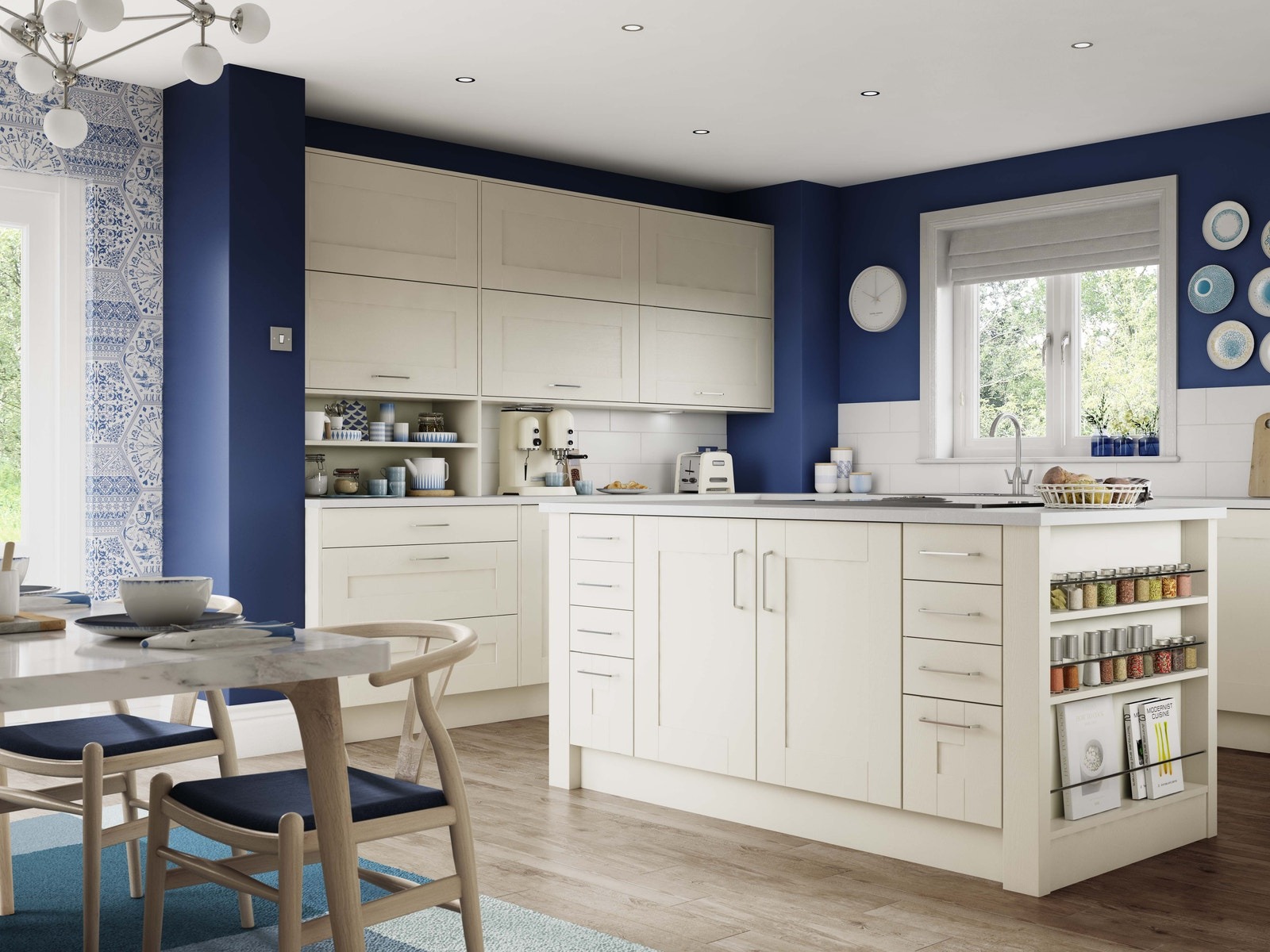
Material Innovation and Sustainable Choices
Environmental Protection and Renewable Materials
As the global trend towards sustainability deepens, consumers are increasingly concerned about the origin and environmental performance of furniture materials. In 2026, "sustainable materials" will become a keyword in cabinet manufacturing. Many cabinet manufacturers have begun to use FSC-certified wood, recycled MDF boards, bamboo, and low-VOC, environmentally friendly paints to meet green building standards like LEED and BREEAM.
Combination of High-performance Composite Materials and Granite Slabs
In addition to traditional wood materials, composite facing materials and granite slabs will be used more widely. Granite slabs have scratch, heat, and water resistance, making them ideal for usage in open kitchens and commercial environments. At the same time, the new generation of high-performance face materials has a texture similar to natural wood and is easy to maintain. Many bespoke cabinet factories are incorporating CNC technology with modular procedures, allowing the integration of granite slabs with metal and glass elements to produce multi-material compositions, resulting in a cabinet system that combines current industrial design with natural beauty.
Combining Metal and Natural Textures
Metal treatments, such as brushed copper, stainless steel, aluminum alloy, and wood-grain materials, will become popular design elements in the next years. This "harmony of warmth and strength" style offers a modern vibe while also meeting the specific aesthetic demands of high-end clientele.
For example, wood-grain door panels combined with metal frames or handles not only increase longevity but also highlight the brand's craftsmanship. Many kitchen design cabinet businesses employ this exact strategy to differentiate their market position.
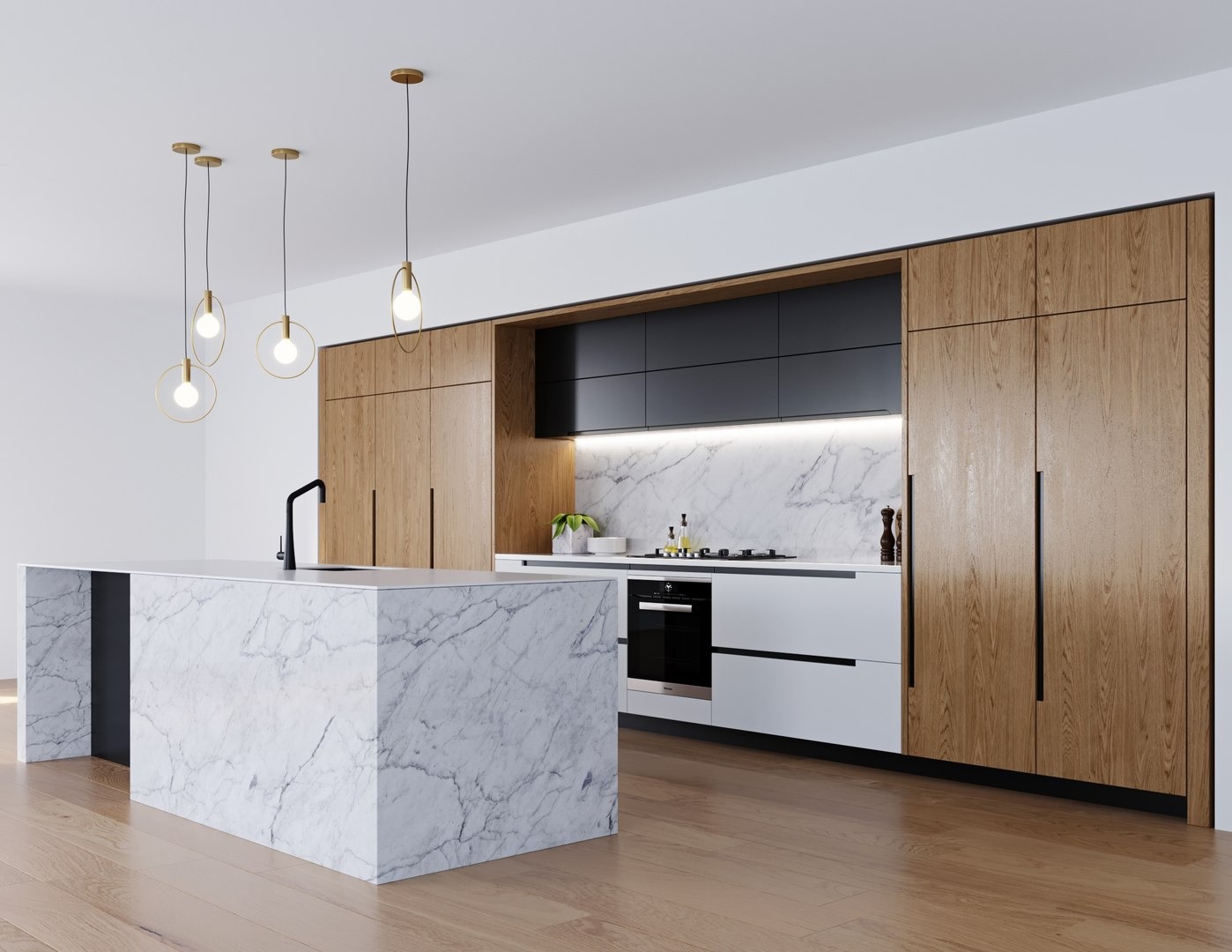
Structural and Layout Trends
Modularity and Flexible Customisation Emerge as Mainstream
Modular cabinet design will achieve comprehensive adoption by 2026. Supporting rapid installation, flexible configuration and efficient transportation, it aligns perfectly with the demands of property developments and apartment construction. For cabinet manufacturers, this structure significantly reduces production costs while accelerating delivery times.
Custom kitchen cabinets, meanwhile, fulfil clients' bespoke storage and spatial requirements through adaptable modules and dimensional customisation. The fusion of modularity and customisation will become the standard configuration for future kitchen spaces.
Handleless and Minimalist Line Design
The influence of minimalism continues to expand, with handleless design emerging as a dominant structural feature. Through push-to-open systems or concealed recessed grooves, cabinet exteriors achieve a cleaner, more streamlined appearance, enhancing spatial cohesion. This design is not only aesthetically pleasing but also facilitates easier cleaning, making it highly favoured by contemporary apartment owners.
Open Display and Hidden Storage Coexist
Kitchen layouts in 2026 will emphasize "a mix of aesthetics and practicality". Open shelf showcases tableware and decorative goods, demonstrating lifestyle preferences, while concealed storage systems maintain general cleanliness. Kitchen cabinet designs will increasingly include modular combinations and spatial psychology, resulting in functional and warm kitchens.
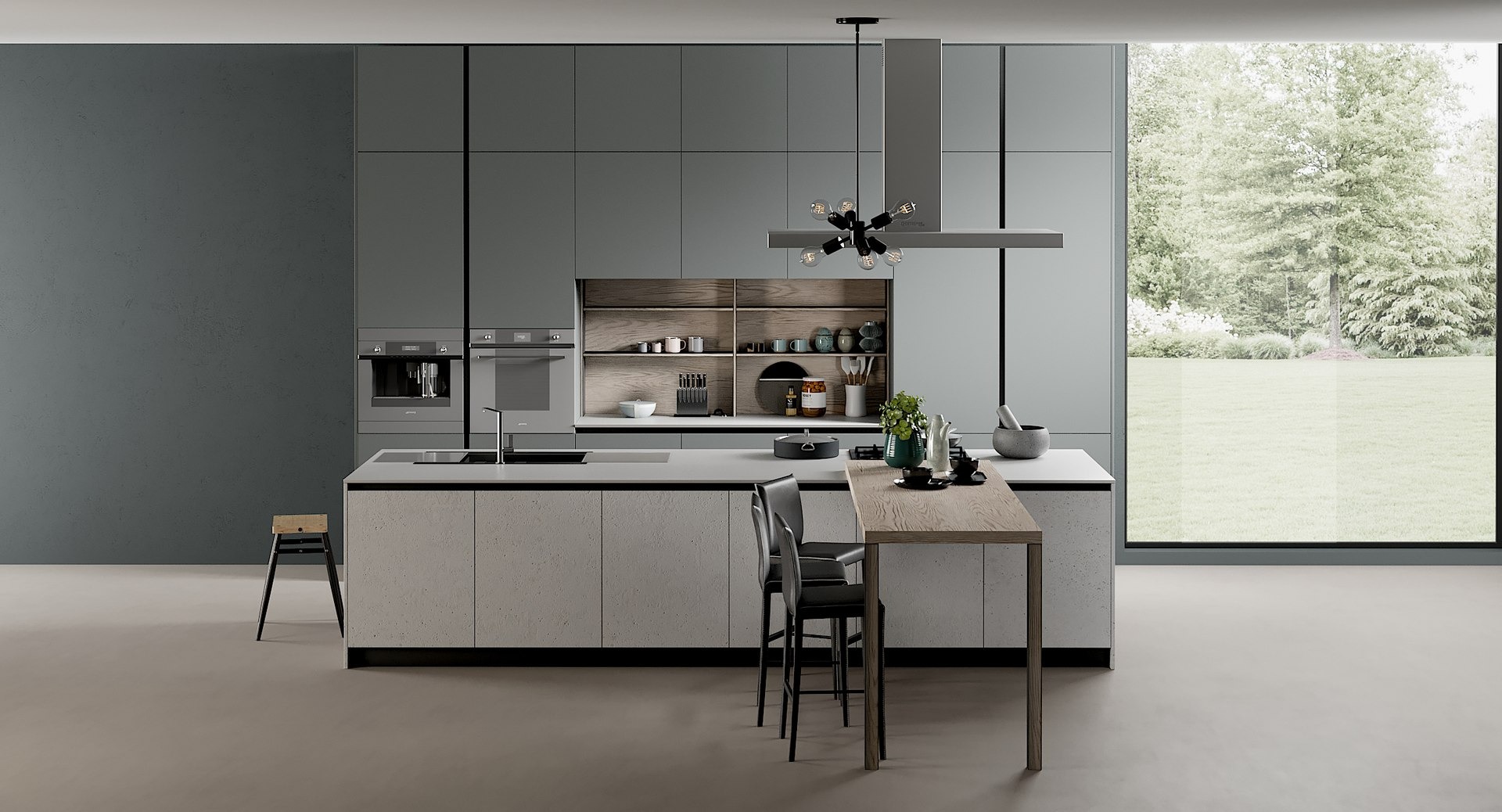
Functionality and Smart Integration
Intelligent Storage System
Technology is changing the way kitchens are used. Smart drawers, sensor-activated systems, and partitioned storage racks are becoming standard features in kitchen cabinets. Modern kitchen cabinet designs provide a greater emphasis on ergonomics and convenience of use, enriching the experience with elements like sliding rails, corner baskets, and hidden outlets.
For commercial clients or high-end residential developers, these features not only boost product value but also serve as a selling point for their projects.
Built-in Lighting and Wireless Charging
The integration of lighting and technology is a major highlight in 2026. The application of LED sensor light strips, under-counter lighting, and wireless charging modules makes the kitchen more intelligent and safe. Some custom cabinet factories have begun to integrate voice control systems, which are compatible with smart home platforms, achieving a truly "connected kitchen".
Multifunctional Spaces and Mixed Kitchens
Many designs integrate the kitchen with the dining area and even the office area, making the space more flexible. This trend requires cabinet manufacturers to consider flexible layouts and multi-scenario usage in their structural designs, thereby improving the overall utilization rate.
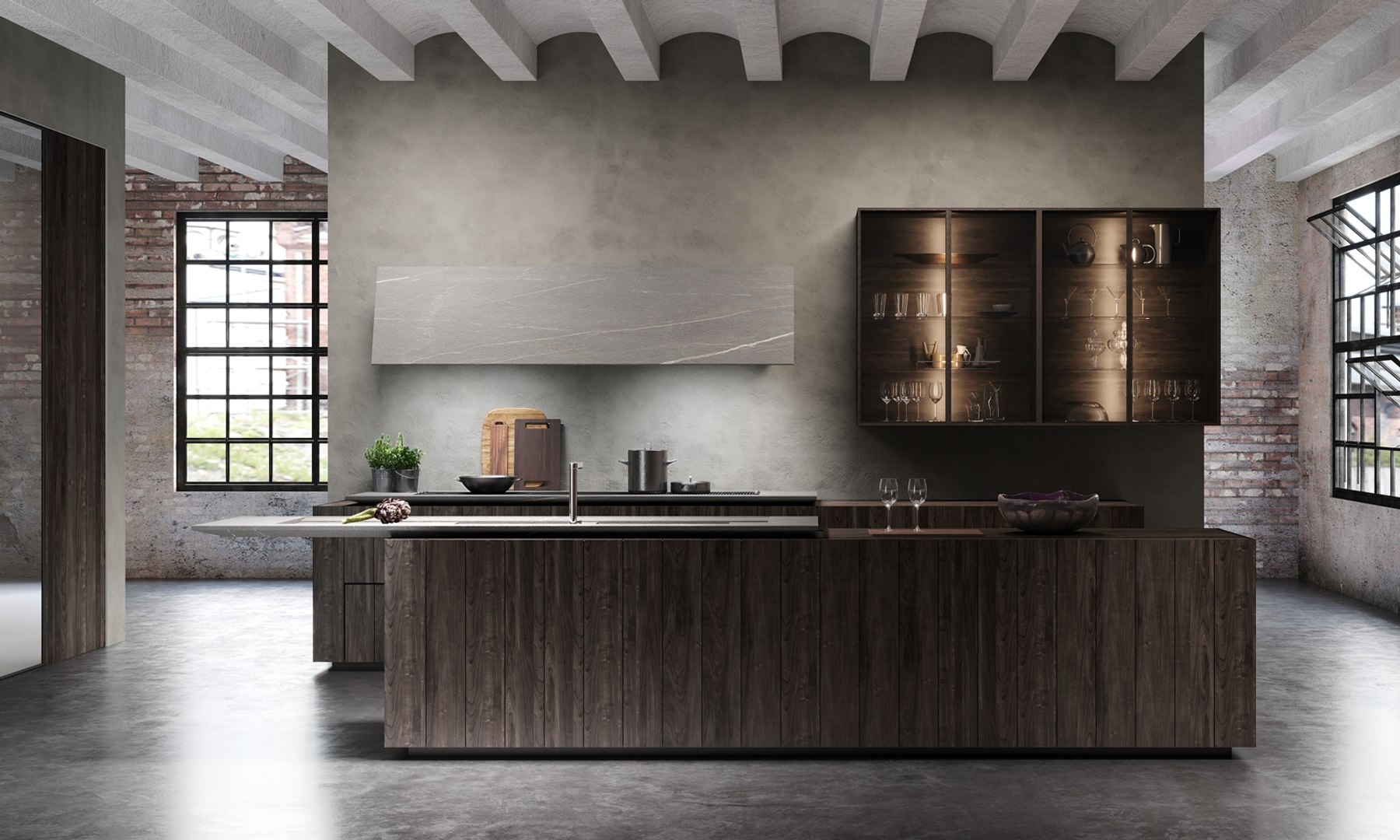
What’s Driving These Trends
The kitchen cabinet trends in 2026 are not accidental; they are the result of multiple factors working together.
Consumer aesthetic upgrade: The new generation of consumers pursue a natural, minimalist, and intelligent lifestyle, driving the innovation of modern kitchen cabinet designs.
Environmental regulations and policies influence: Global regulations on carbon emissions and sustainable production are becoming stricter, prompting cabinet manufacturers to adopt renewable materials and environmentally friendly production processes.
Demand from real estate and apartment projects: Urbanization leads to more compact residences, resulting in a surge in the demand for modular and efficient storage cabinets.
Advances in technology and manufacturing processes: The maturity of automated and digital production technologies has made custom kitchen cabinets more customizable and cost-effective.
International design trends influence: The European minimalist style and the Japanese sans-original style continue to influence the world, driving the kitchen designs cabinet brand to develop towards a more pure visual expression.
How Manufacturers Can Adapt
In reaction to these changes, cabinet manufacturers and custom factories should actively prepare in the following directions:
Strengthen Material Innovation Capability
Create environmentally friendly composite materials and high-durability finishes to satisfy the needs of sustainable design. Establish long-term partnerships with upstream material suppliers to ensure product stability.
Enhance Modular and Customized Production Systems
Custom cabinet factories should achieve standardized module manufacturing and personalized customization simultaneously using CNC and intelligent production lines. This allows it to meet project batch production requirements while simultaneously maintaining product distinctiveness.
Invest in Intelligent Technology Integration
Integrate lighting, sensors, and wireless charging technologies into cabinets to enhance modern kitchen cabinet designs. Collaborate with smart home businesses to design modular kitchens that can be modified.
Conclusion
The kitchen design trends for 2026 are moving towards sustainability, intelligence and personalization. Natural colors, eco-friendly materials and modular structures will continue to dominate the market, while cabinet designs that combine efficiency and aesthetics will become the mainstream demand.
As an AIS Kitchen with many years of manufacturing experience, we are always committed to providing high-quality modern kitchen cabinet designs and flexible customization solutions. By integrating innovative techniques with sustainable concepts, AIS Kitchen is helping global developers and designers create modern kitchen spaces that are both functional and aesthetically pleasing.


